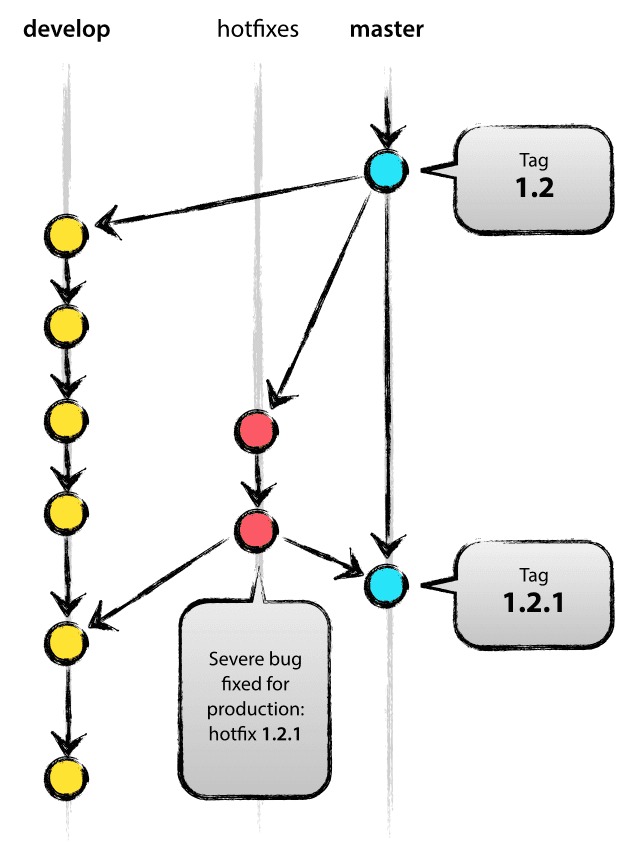本文主要是介绍A Guide to Branching in Mercurial,希望对大家解决编程问题提供一定的参考价值,需要的开发者们随着小编来一起学习吧!
原文地址:http://stevelosh.com/blog/2009/08/a-guide-to-branching-in-mercurial/
Branching with Named Branches
The third way of branching is to use Mercurial’s named branches. Some people prefer this method (myself included) and many others don’t.
To create a new named branch:
$ cd ~/src/test-project $ hg branch feature
When you commit the newly created changeset will be on the same branch as its parent, unless you’ve used hg branch to mark it as being on a different one.
Using a branch name to specify a revision is shorthand for “the tip changeset of this named branch”. In this example repository:
- Running
hg update defaultwould update to changeset 3, which is the tip of thedefaultbranch. - Running
hg update featurewould update to changeset 4, which is the tip of thefeaturebranch.
In the past there was also the problem of not having a way to “close” a branch, which means that over time the list of branches could get huge. This was fixed in Mercurial 1.2 which introduced the --close-branch option forhg commit.
Mercurial will push/pull all branches by default, while git will push/pull only the current branch.
This is important if you’re a git user working with Mercurial. If you want to push/pull only a single branch with Mercurial you can use the --rev option (-r for short) and specify the tip revision of the branch:
$ hg push --rev branchname $ hg push --rev bookmarkname $ hg push --rev 4
If you specify a revision, Mercurial will push that changeset and any ancestors of it that the target doesn’t already have.
这篇关于A Guide to Branching in Mercurial的文章就介绍到这儿,希望我们推荐的文章对编程师们有所帮助!








